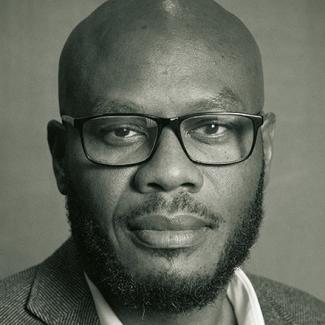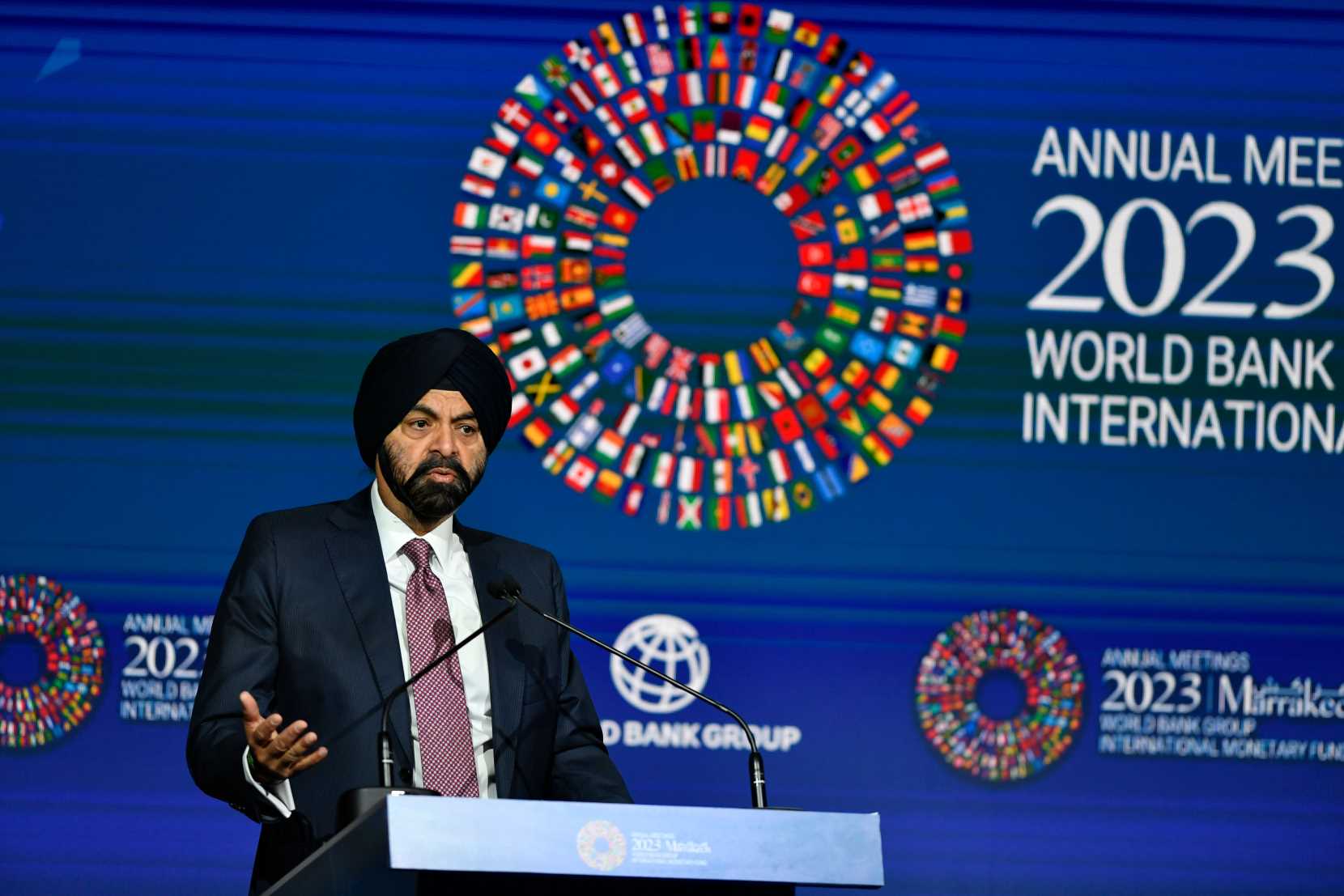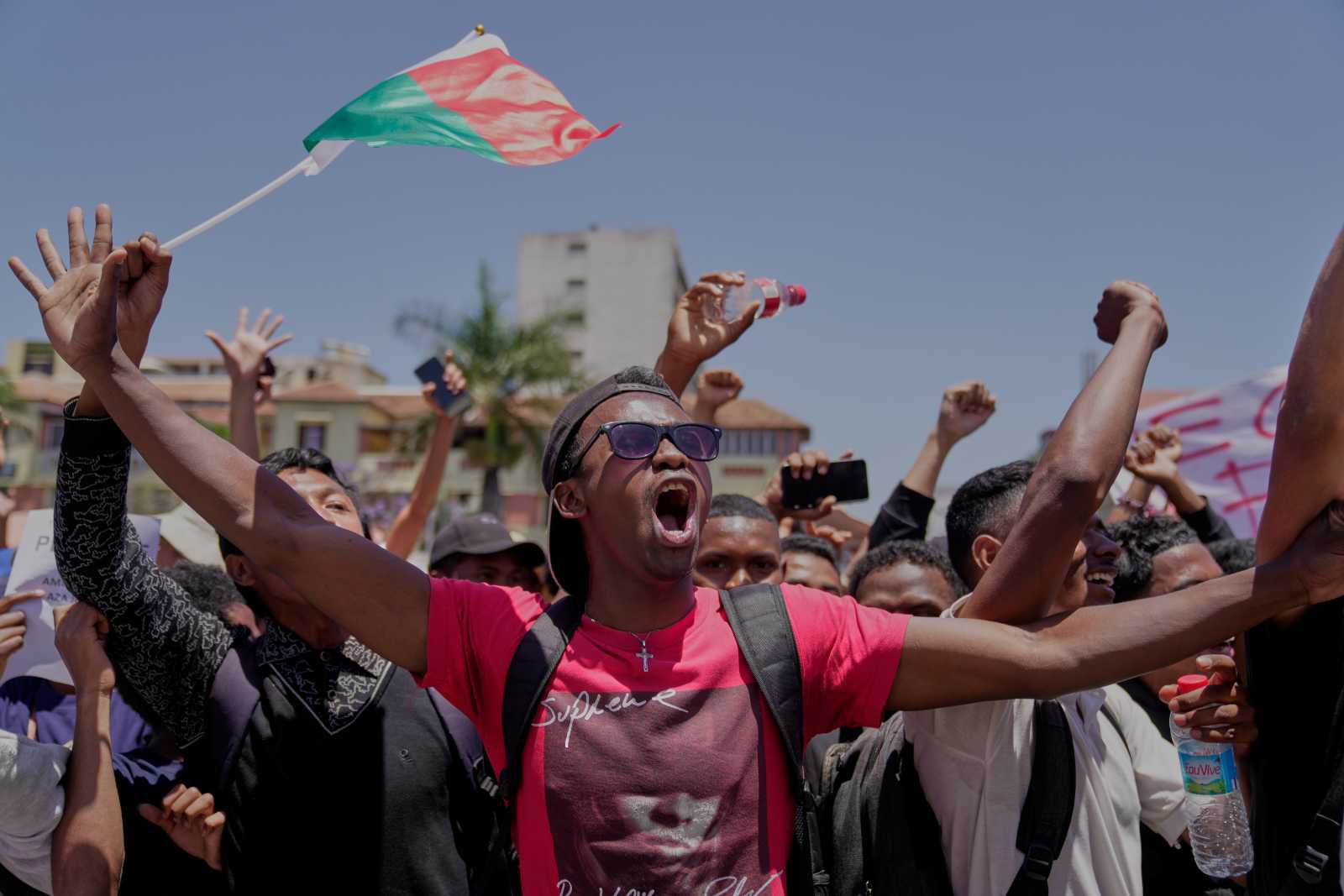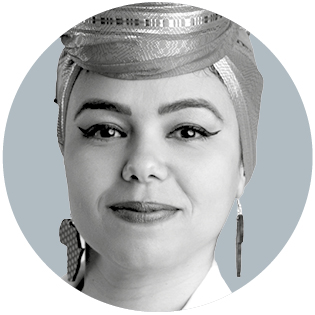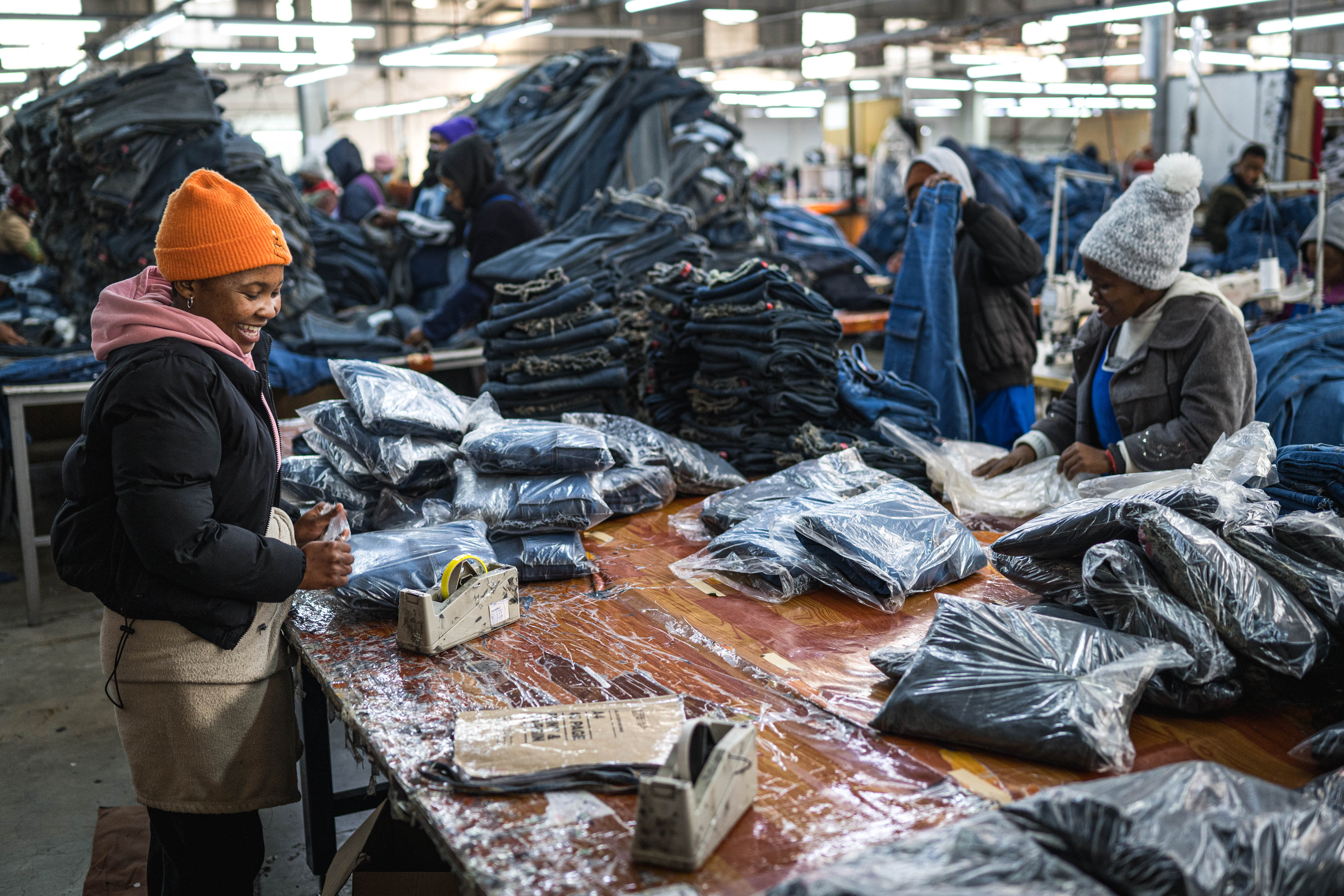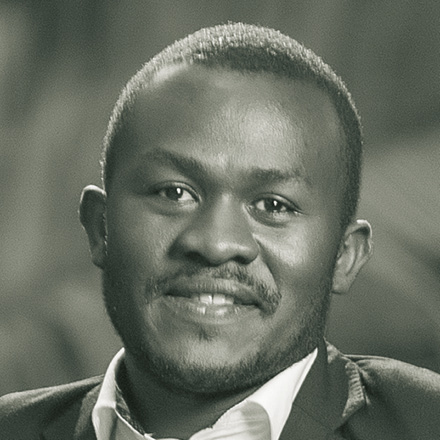Development finance
How IDA needs to be reformed

In 1990, more than one in three people were living in poverty. This figure went down to less than one in ten in 2019. But particularly in least developed countries affected by conflict, the number of people affected by extreme poverty has risen by 82 % over the last three decades.
The World Bank assumes that by 2030, the year in which the international community aims to achieve the UN Sustainable Development Goals (SDGs), approximately 60 % of all people living in extreme poverty will be living in fragile and conflict-affected countries.
The development economics approach, which has been successful in reducing extreme poverty in stable states, continues to fail in fragile ones. While several efforts have been made to define and operationalise the nexus of humanitarian aid, development and peace, this has not yet led to systematic improvements in the lives of people living at that nexus.
In crisis-affected countries, where effective humanitarian action is the first step on the road to development, the World Bank’s policy agenda is not advanced enough. The Bank’s new “Evolution Roadmap” has now recognised a focus on fragility, conflict and violence, and climate change – among other global challenges – as a prerequisite for realising its new mission to eradicate poverty on a liveable planet.
This requires a new model for the World Bank’s financing, its design and implementation in these countries, including through the Bank’s International Development Association (IDA), the largest single source of development finance for the world’s poorest countries.
Central to reaching conflict-affected communities is a flexible approach. In areas where the national government lacks control or capacity, partnering with NGOs and local actors is crucial. In highly decentralised government structures, services that have a direct impact on people’s lives, such as basic healthcare, education or water supply, fall under the responsibility of local authorities. This calls for resourced and empowered local actors equipped to rapidly scale such essential services when there is a spike in needs. Concrete results for good governance in fragile states also require a citizen-led approach.
The International Rescue Committee’s (IRC) collaboration with the Gavi Vaccine Alliance and African-led civil-society groups in East Africa is an example. Through this partnership, more than 1 million doses of life-saving vaccines have been administered to children who had never been immunised before. Before the programme was launched, only 16 % of this group were accessible. Now 77 % of these children are reached.
Given IDA’s paramount role in providing funding to crisis-affected countries, this year’s IDA replenishment negotiations present an opportunity to test new mechanisms that are adapted to these countries. As a leading financial supporter of IDA mechanisms and a driving force behind the World Bank’s reform agenda, Germany should be a role model for how other donors can best support IDA. This can be done in three ways:
- First, donors should pledge contributions that exceed the 20th replenishment cycle (IDA20) amount of $ 23.5 billion to put IDA on track for tripling its size by 2030.
- Second, World Bank leadership and donors should refine IDA funding mechanisms to better address country risks and vulnerabilities.
- Finally, the Bank should improve the disbursement of IDA by expanding partnerships with non-governmental organisations, starting with partnership pilots in conflict-affected countries as a first step to build an evidence base for this approach.
The World Bank’s mechanisms must be adapted to maximise their effectiveness. For example, loans can no longer be granted without considering the long-term consequences of debt repayment for recipient countries. Instead, financial support in the form of grants with positive impact should be prioritised.
Wale Osofisan is Senior Director, Governance Technical Unit at the International Rescue Committee.
presse@rescue.org
